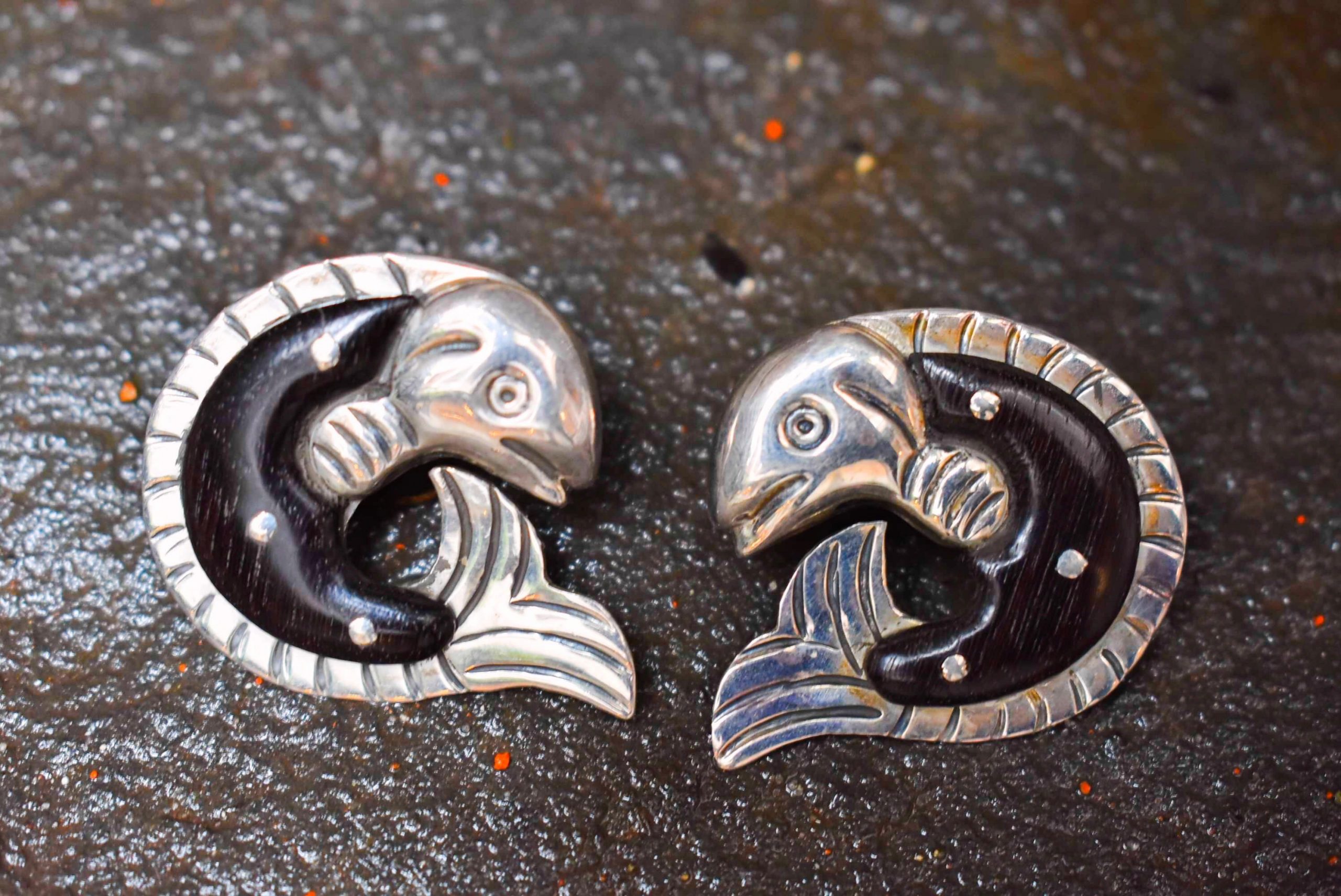When William Spratling began his silver jewelry enterprise in Taxco, Mexico in the 1930s he did not realize that the cultural phenomenon he was beginning would revitalize the enter city of Taxco and begin a renewal of fine Mexican silver jewelry. Spratling inspired silversmiths in Taxco to relearn the art of jewelry making and they began to take advantage of the regions sources of abundant silver, historical and cultural images and high craftsmanship. Taxco literally came back from the dead with the arrival of William Spratling and his dream of silver. Today Taxco and Mexican silver remains some of the most popular and collected designs available.
Taxco’s Geography
Taxco, Guerrero in Mexico is the small and very picturesque city between Mexico City and Acapulco that was originally discovered by conquistador Cortes. Cortes realized the richness of the silver veins around Taxco and he staked a mining claim there in 1521. In the 1700s Taxco was founded as a colonial mining town. Silver supplies were readily available in Taxco, but it did not become a focus for silver jewelry craftsmanship and production until the mid-20th century when roads constructed into the region began to bring tourists into the area.
Founding of Spratling Silver
American architect and artist William Spratling visited Taxco in 1929 and settled there. During the 1930s Spratling began making silver jewelry by melting down pure silver pesos. He enlisted the help of local craftsman and silversmiths, refined their arts and began making handmade silver jewelry to sell to tourists arriving in Taxco. World War II started a craze for fine silver jewelry in American and Spratling started selling his wares to department stores. Early clients included Tiffany & Co, Marshall Fields and Bonwit Teller. After William Spratling died in 1967 his designs and hallmarks were purchased and this company continues his tradition of fine craftsmanship and handmade Taxco silver jewelry to this day.
Spratling and his craftsman designed their jewelry with motifs found in Taxco history. They incorporated pre-Columbian designs and imagery into their designs and pieces are usually large and made from .925 or .950 sterling silver. These silver alloys are considered the finest of all silver materials. Spratling also used native materials like amethyst and turquoise, coral and obsidian and tortoise shell in the unique handmade silver designs.
Today Spratling silver jewelry is high collectible, wanted, and unique. Mexican silver jewelry can readily be identified by the hallmarks that are on silver jewelry pieces. Spratling Taxco silver designs have hallmarks that use the Spratling name or the stylized “W” that was Spratling’s ranch designation. When looking for fine Mexican silver pieces look for TAXCO or MEXICO discretely stamped on the pieces.
Taxco silver jewelry from the times of William Spratling are high collectible and prized. Follow estate sale biddings to find the artisanal design of Taxco jewelry. Spratling’s designs and silver pieces are considered the highest collectible Mexican silver products and can be found in very high end jewelry stores or from Spratling’s company website.

